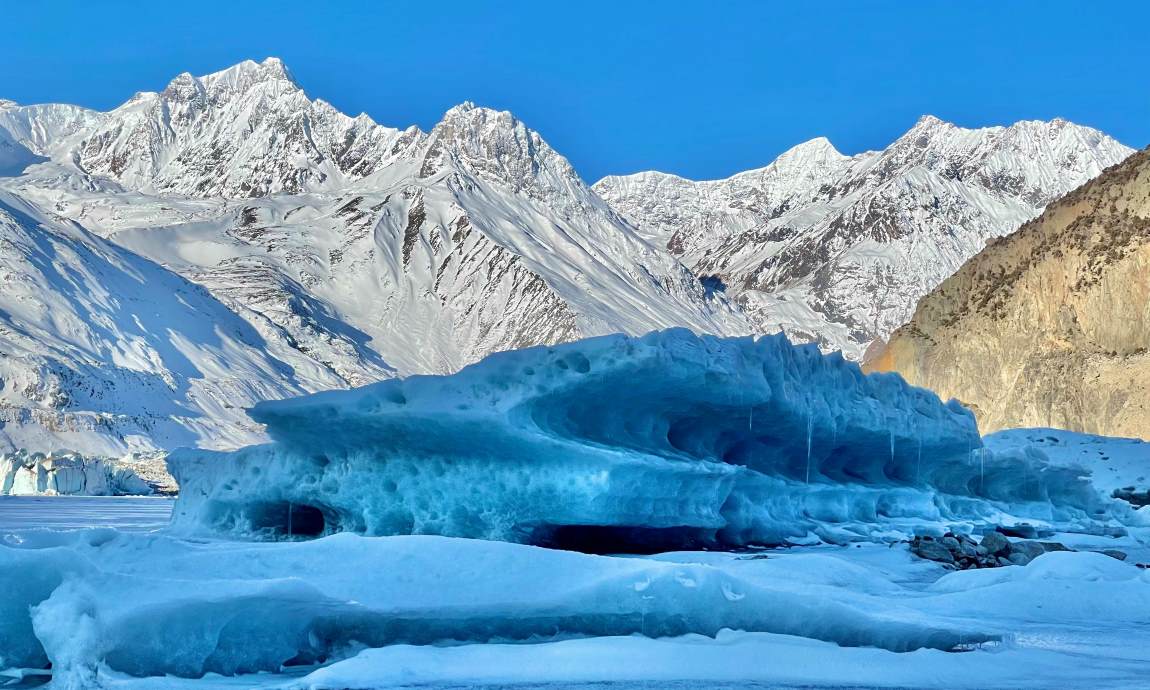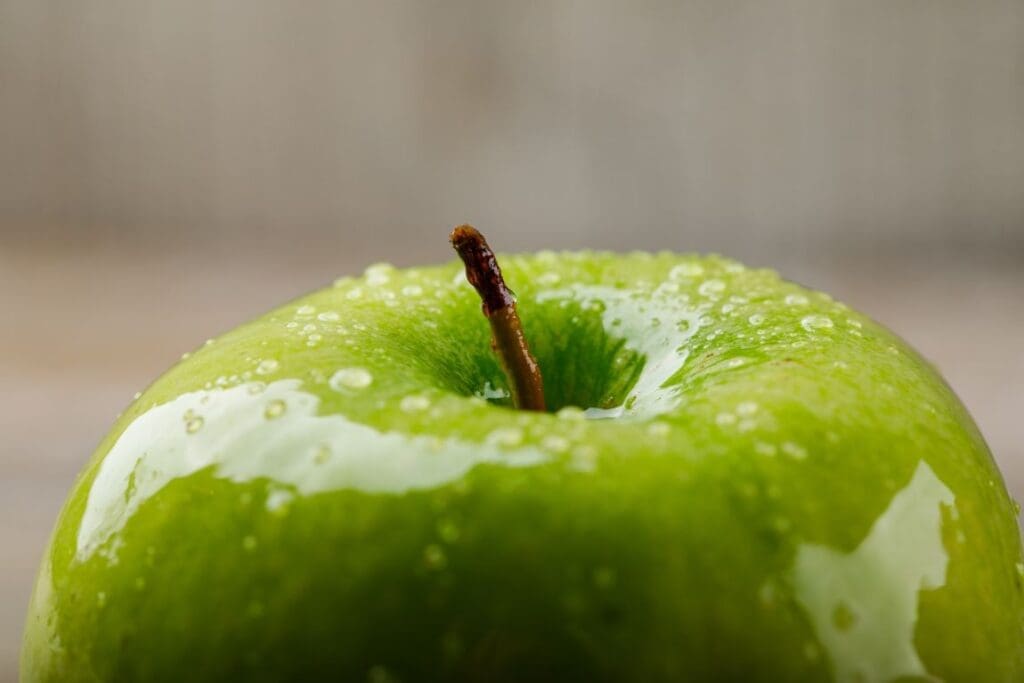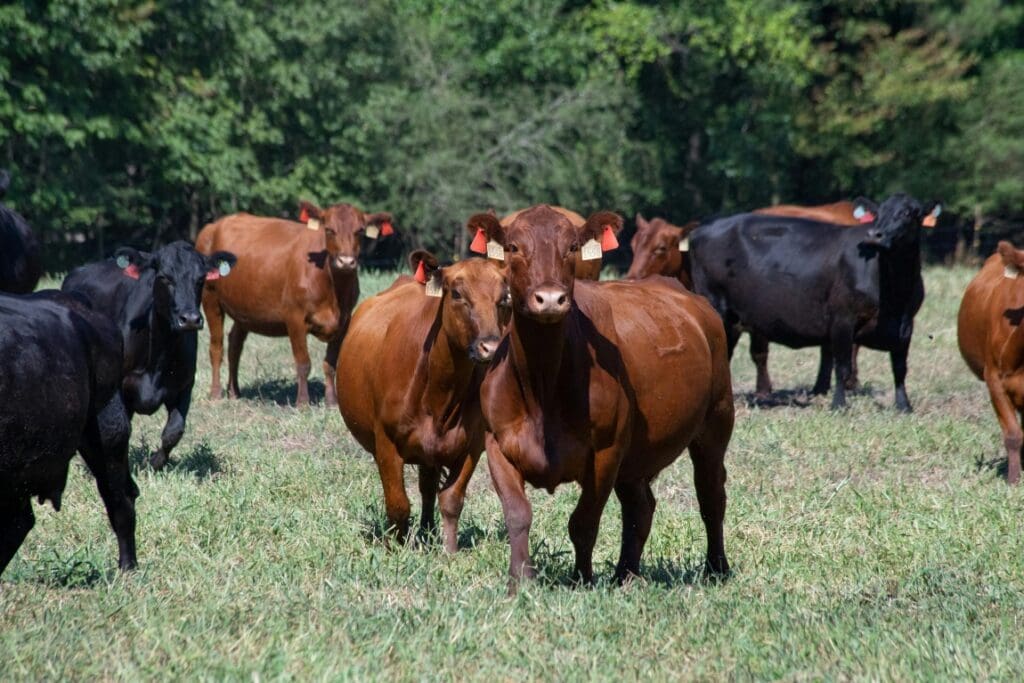Scientists at Washington University in St. Louis (WashU) have revealed the significant role of dark brown carbon (d-BrC), a previously overlooked wildfire byproduct, in accelerating snow melt.
In a study published in npj Climate and Atmospheric Science, researchers at Washington University in St. Louis identified d-BrC as a potent light-absorbing organic carbon that darkens snow and increases heat absorption. This research highlights the importance of accounting for d-BrC in climate models to improve accuracy in predicting snow melt caused by wildfire smoke.
While black carbon (BC) has long been considered the primary culprit, the study found that d-BrC is 1.6 times more effective at warming snow than BC. This discovery is particularly relevant to regions such as the Tibetan Plateau, where significant amounts of water-insoluble organic carbon are deposited on snow.
Deposition of water-insoluble organic carbon on snow has been previously recorded, “but nobody really looked under the hood to investigate their snow-melting potential,” said Rajan Chakrabarty, a professor at WashU’s McKelvey School of Engineering.
The research team, led by PhD student Ganesh Chelluboyina, a McDonnell International Scholars Academy fellow, and Taveen Kapoor, a postdoctoral fellow, conducted modeling that suggests d-BrC plays a much larger role in reducing snow reflectivity than previously thought. This darkening effect intensifies the warming cycle, causing air temperatures to rise further and contributing to snow melt.
One of the key findings is that while d-BrC absorbs less sunlight than black carbon, it is four times more abundant in wildfire smoke. This indicates that past models may have significantly underestimated the warming potential of wildfire particles deposited on snow.
As wildfires become increasingly common due to climate change, the research underscores the need for policymakers to consider the impact of d-BrC in their strategies for managing snow melt and its downstream effects on water resources and ecosystems.
Moving forward, the team plans to experiment with simulated snow conditions in the lab to study d-BrC’s effects. Chelluboyina describes their unique approach: “We’ll be dropping atomized water droplets into the top of the chamber, creating snow, then deposit aerosols on it.”
This study opens the door for further investigations into the role of wildfire aerosols in snow-albedo feedback and could inform future climate adaptation measures.
Journal Reference:
Chelluboyina, G.S., Kapoor, T.S. & Chakrabarty, R.K. ‘Dark brown carbon from wildfires: a potent snow radiative forcing agent?’, npj Climate and Atmospheric Science 7, 200 (2024). DOI: 10.1038/s41612-024-00738-7
Article Source:
Press Release/Material by Washington University in St. Louis
Featured image credit: Chao Xu | Pexels




